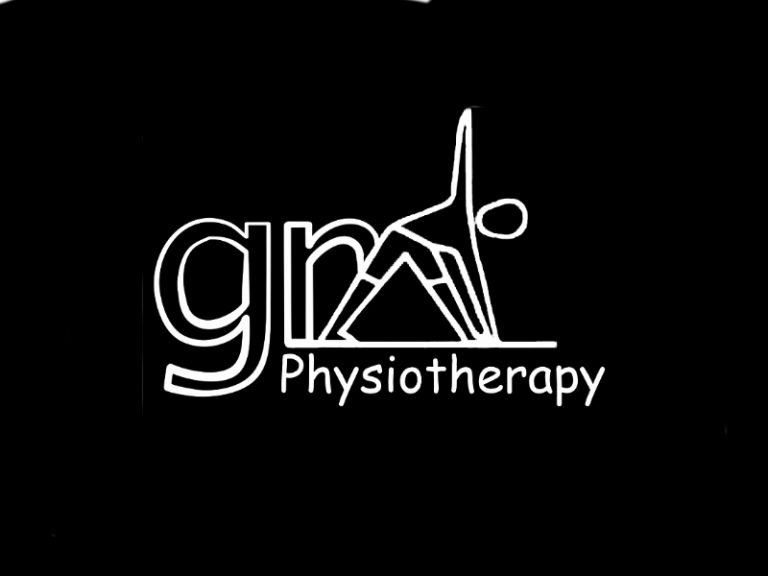As we age, maintaining mobility and independence becomes increasingly important for overall well-being and quality of life. For elderly patients, creating a safe home environment is crucial to prevent falls and injuries, which can significantly impact their independence. At GM Physiotherapy, we understand the unique needs of our elderly clients and are dedicated to helping them stay safe and active in their homes. Here are some practical tips to create a safer living space for elderly individuals.
1. Improve Lighting to increase safety when mobilising independently
Adequate lighting is essential to prevent accidents and improve visibility. Here are some ways to enhance lighting in the home:
- Install Bright Lights: Use high-wattage bulbs in all rooms, especially in hallways, staircases, and entryways.
- Night Lights: Place night lights in the bedroom, bathroom, and hallways to guide movement during the night.
- Task Lighting: Ensure there is sufficient lighting in areas where detailed tasks are performed, such as the kitchen and reading areas.
Tripping hazards can lead to serious falls. Removing these hazards is a simple yet effective way to improve safety:
- Secure Rugs and Carpets: Use non-slip backing or double-sided tape to keep rugs and carpets in place.
- Declutter: Keep floors clear of clutter, such as electrical cords, shoes, and other obstacles.
- Organize Furniture: Arrange furniture to create clear pathways and ensure there is ample space for movement.
3. Install Grab Bars and Handrails
Grab bars and handrails provide essential support and stability for elderly individuals:
- Bathrooms: Install grab bars in the shower, bathtub, and near the toilet to assist with sitting, standing, and moving safely.
- Staircases: Ensure that all staircases have sturdy handrails on both sides to provide balance and support.
4. Use Non-Slip Mats
Non-slip mats can prevent slips in wet or slippery areas:
- Bathrooms: Place non-slip mats inside and outside the shower or bathtub to prevent slipping on wet surfaces.
- Kitchens: Use non-slip mats near the sink and stove to prevent accidents while cooking.
5. Make Daily Necessities Accessible
Ensure that everyday items are within easy reach to avoid unnecessary bending, stretching, or climbing:
- Kitchen: Store frequently used items, such as pots, pans, and dishes, in easily accessible cabinets.
- Bedroom: Place essentials like phones, medications, and water bottles on bedside tables.
- Living Areas: Keep remote controls, books, and other items within easy reach from seating areas.
6. Consider Mobility Aids
Mobility aids can provide additional support and confidence for elderly individuals:
- Walking Aids: Use walkers, canes, or rollators as needed to assist with balance and stability.
- Chairs and Beds: Consider chairs with armrests and beds with adjustable heights to make sitting and standing easier.
7. Regular Safety Checks
Regularly inspecting the home for potential hazards is key to maintaining a safe environment:
- Routine Inspections: Periodically check for loose rugs, frayed carpets, and other hazards.
- Professional Assessments: Consider having a professional, such as a physiotherapist or occupational therapist, assess the home for safety improvements.
Creating a safe home environment for elderly individuals is essential for promoting mobility and independence. By implementing these simple yet effective measures, you can significantly reduce the risk of falls and injuries, helping your loved ones live more comfortably and confidently in their own homes.
At GM Physiotherapy, we are dedicated to supporting the health and well-being of our elderly clients. Our mobile physiotherapy services bring personalized care directly to your home, ensuring that you receive the best possible support for maintaining your mobility and independence. Contact us today to learn more about how we can help you or your loved one create a safer and more supportive living environment.





 Back to all posts
Back to all posts

